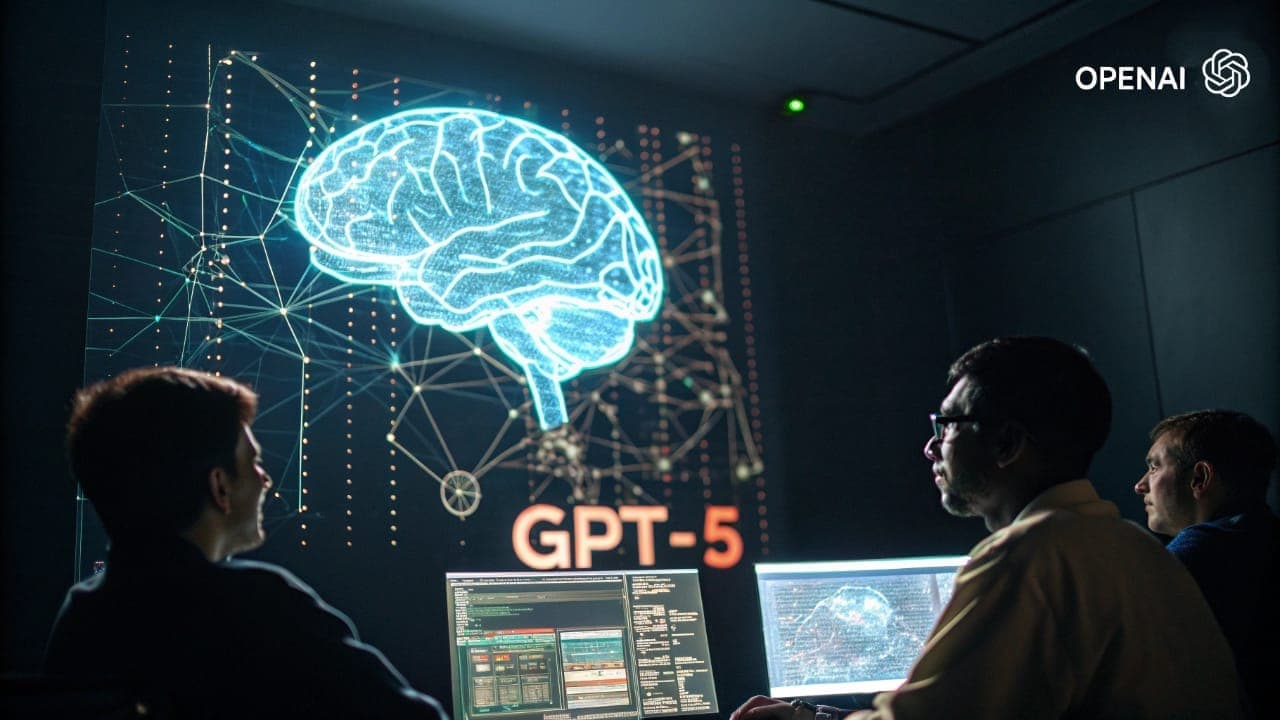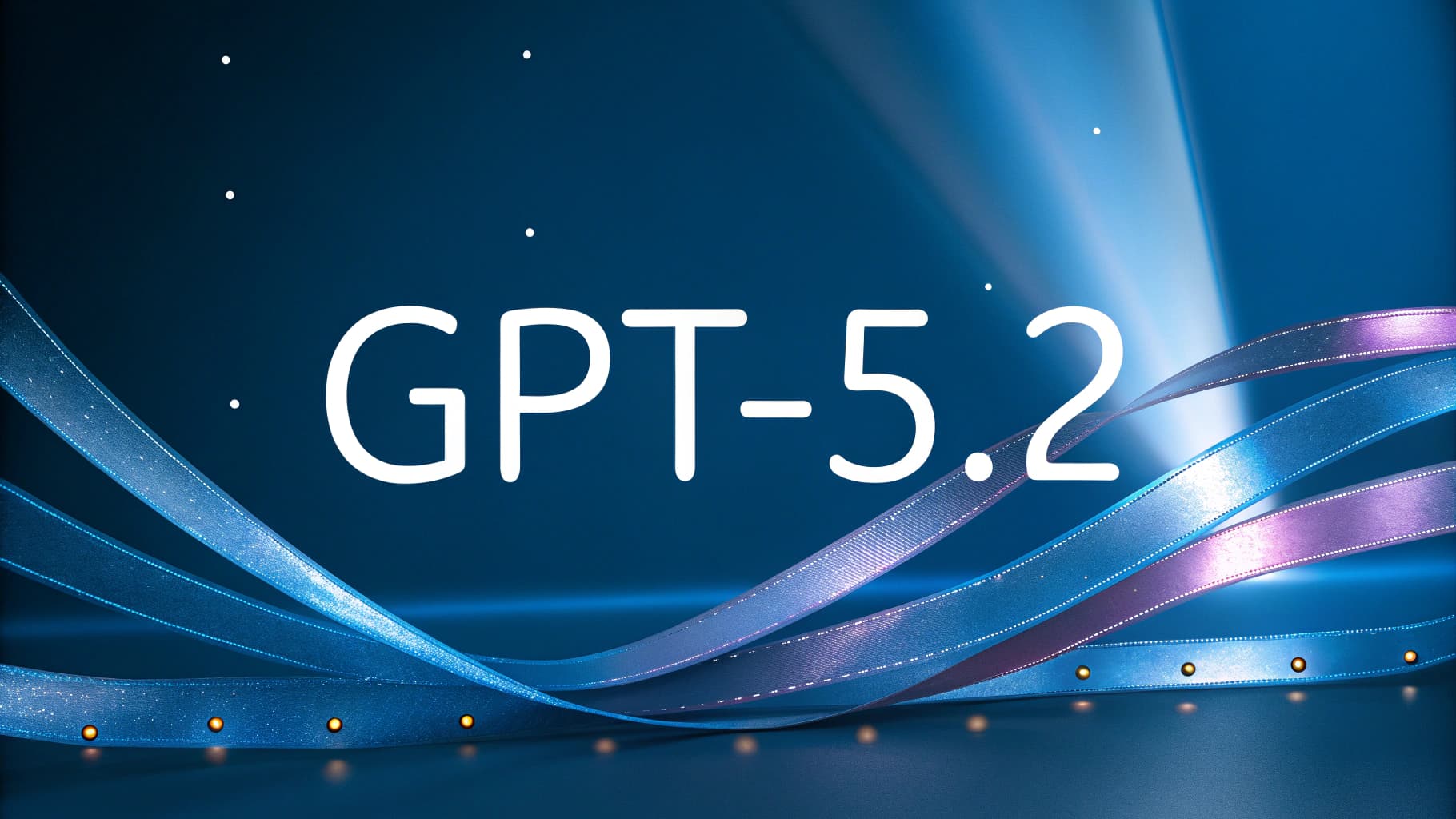
GPT-5 Leaks Hint at AI Agent & All-in-One Capabilities
The tech world is watching this coming summer with a mix of anxiety and excitement, the timeframe OpenAI has set for launching its latest language model, GPT-5.
As the date approaches, a trail of leaks and hints has begun to emerge, painting a picture of an AI system with capabilities that could redefine our interaction with digital devices. Meanwhile, experts are caught between optimism for a coming revolution and caution against overblown expectations.
Hints of an AI Agent to Control Devices
The first intriguing clues appeared within the beta code of the ChatGPT application.
Tech reports noted the discovery of code strings like “click,” “drag,” and “type”-clear indicators that the new model may have the ability to control a browser interface or an isolated computing environment.
Two new announcements have been added to the ChatGPT web app recently (hidden, for now) – “has seen n7jupd nux” & “has seen Tatertot nux”
– Both seem to be somehow related to computer output and computer tool functionality (Operator-like tool directly in ChatGPT) with…
pic.twitter.com/YoY1N9p33F– Tibor Blaho (@btibor91)
June 26, 2025
According to circulating information, OpenAI appears to be developing a tool similar to its known project, “Operator,” an AI system capable of browsing the internet and executing actions on behalf of the user.
GPT-5: One Model for Every Task
One of the most significant anticipated improvements in GPT-5 is the consolidation of all the company’s specialized tools into a single, integrated system.
Currently, users must switch between different models to accomplish various tasks, such as GPT-4 for writing, DALL-E for image generation, and Sora for video. It appears this fragmentation is coming to an end.
CEO Sam Altman has indicated that the upcoming model will merge these capabilities.
What this means is we would have a single multimodal system capable of seamlessly understanding and processing text, images, audio, and video-a major technical achievement in its own right.
GPT-5’s Technical Capabilities
The expectations are not limited to functionality but extend to highly ambitious technical specifications.
It is widely anticipated that the model will feature an enormous context window, potentially exceeding one million tokens, with some speculation pointing toward two million.
For comparison, the current GPT-4o model has a capacity of 128,000 tokens. Such a massive leap is like going from processing a single chapter to comprehending an entire book at once.
A capacity like this would directly impact the model’s memory, allowing it to build contextual knowledge over time, remember conversation details for weeks, and offer a continuity closer to that of a true digital personal assistant.
It’s worth noting that models like Google’s Gemini 2.5 Pro already feature a one-million-token context window, with Google also promising a future expansion to two million.
On another front, an evolution in logical reasoning abilities is expected.
Forecasts suggest the model will adopt a “structured chain-of-thought” approach, a method now standard in many new models.
This sequential thinking allows the model to break down complex problems into logical, sequential steps, mimicking deliberate human thought processes.
Between Expert Excitement and Caution
Despite these promises, expert opinions vary. While some are betting on a genuine revolution, others warn against inflating expectations, arguing that each new release solves old problems but introduces new challenges.
The prevailing view is that we will witness a significant step forward, but it may not be the tremendous leap that many are hoping for.
Ultimately, GPT-5 seems to be on the verge of a potentially historic launch, loaded with significant promises and previously impossible capabilities.
Still, the final verdict remains pending until we see its actual performance. The road to developing artificial intelligence continues to be filled with constant discoveries and challenges.




